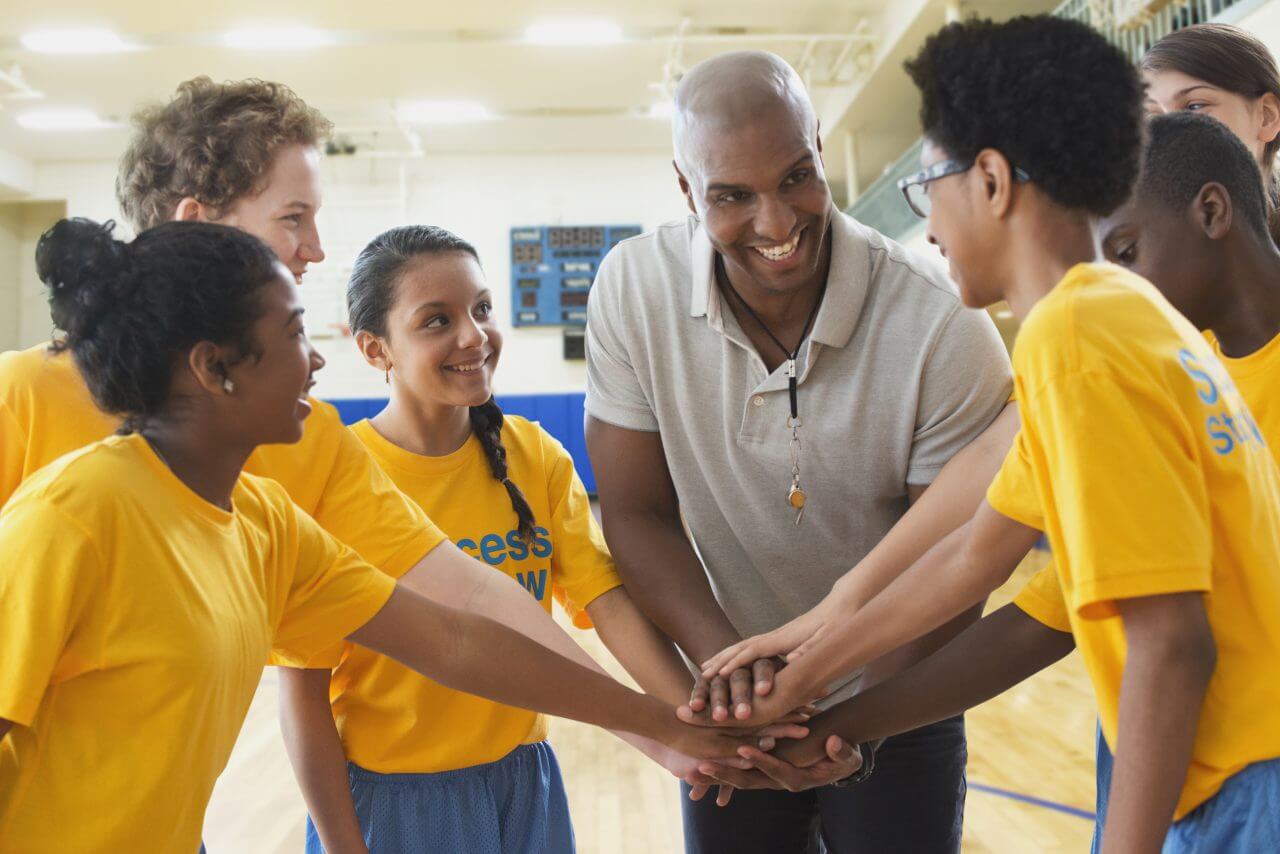Comprehensive Sports Medicine Care at Baptist Health:
We are a sports medicine program that’s dedicated to helping athletes prevent and overcome injuries.
Why Choose Us?
During my practice as an athletic trainer at various levels of competition and sport, the most common injury I’ve seen is the anterior talofibular (ATF) sprain or general ankle sprain. It can be extremely painful and scary for an athlete to experience this injury – and for anyone who witnesses it. The biggest question I get is: “What can WE do to help ourselves or our athletes recover from this?”
To find the answer, we must first understand how the injury typically occurs. The most common causes for a sprain in basketball are planting and cutting forcefully, or coming down from a rebound attempt and stepping on another athlete’s foot or even the ball. Injury occurs when the force becomes too strenuous for the ligaments or tendons, causing overstretching or tearing.
Now that we understand more about the causes, what happens next? The body responds almost immediately with some form of pain and typically, a large amount of swelling. The pain is your body letting you know that damage has occurred, and the swelling occurs as a way for your body to protect the damaged area and initialize the healing process.
As a spectator or parent, it can be hard to see an athlete in pain and unable to walk off the court without assistance. When this happens, it’s important to stay calm and allow the athletic trainer to do a proper evaluation of the athlete. It is equally important for the athlete or parent to be patient and understand that the athletic trainer is diagnosing based on what is observed. For a more thorough diagnosis, performing imaging or consulting the team physician is always a great idea.
As clinicians, we are able to give a rough estimate of what damage has occurred after our initial evaluation. In a sprain, this is differentiated by three grades. A Grade 1 ankle sprain occurs when the ligament has been overstretched or has taken on some slight tearing. A Grade 2 ankle sprain occurs when there has been more excessive tearing of the ligamentous structures. And a Grade 3 sprain occurs when the ligament has a complete tear or rupture.
A general rule for parents and athletes to keep in mind is: The less function and more pain the athlete is experiencing, the more severe the damage. For light sprains, there are actions you may take at home while you decide on what to do next.
Keep in mind the level of pain or damage may require further imaging and a trip to the team physician. With a light to moderate sprain, R.I.C.E (Rest, Ice, Compression, and Elevation) is best to remember when determining the next steps. Over the counter medications such as ibuprofen or naproxen are also good for pain and swelling. Pay close attention to the dosage and consult the athlete’s physician to rule out any possible allergies or other conditions. Compression can be done with an ace bandage and elevation with a chair or the couch.
Establishing normal walking patterns or ankle movement is key to a speedy recovery. For lighter sprains, you may try moving the ankle via ankle pumps or other at-home rehabilitation exercises in between ice applications, but preferably before.
The most important things with a sprain are reducing pain and swelling, and improving mobility and strength of the ankle before resuming play. If you have questions, reach out to your team’s athletic trainer, who can be a valuable resource, and provide more information and specifics on rehabilitation exercises based on the severity of the injury.
We are a sports medicine program that’s dedicated to helping athletes prevent and overcome injuries.
Why Choose Us? When you’re an athlete, good is never good enough. You’re constantly pushing yourself to achieve new goals. At Baptist Health, we have that same ambition and determination. Our team is a trusted source for exceptional sports injury care – but we don’t stop there. We are inspiring Louisvillians of all ages and athletic abilities to achieve their best health.